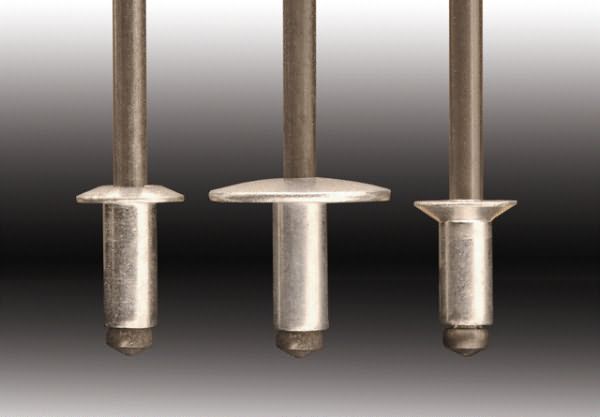This figure provides a graphical representation of the selection factors for the KSEET rivets (blind rivets) described below.

(needle) blind rivet terminology
 1, pull nail (blind rivet) opening size
1, pull nail (blind rivet) opening size
The size of the peg holes is very important in riveting. Too small a hole, of course, makes it difficult to insert a blind rivet. Excessive holes reduce shear and tensile strength. It may also result in a riveted product, or the product may fall off directly without the riveting effect (best practice is to follow the hole size recommendations provided in the catalog).
Avoid burrs and the surrounding holes are too large. 2, pull nail (blind rivet) riveting range
2, pull nail (blind rivet) riveting range
Recommended Thickness Range The length of the blind rivet body will be set at the appropriate length of the hole of the specified diameter.
3, pull nail (blind rivet) shear resistance
A load is applied to the fastener along the joint interface. 4, tensile force
4, tensile force
The load is applied to the fastener along its length. 5, joint strength
5, joint strength First determine the tensile and shear force values ​​for the individual joints of the desired application. These are the power of the key, the fastener spacing, the riveting material and the rivet diameter. Then refer to the "Cut" and "Tra" rivet selection guides on the product, then select a suitable blind rivet to provide the desired value.
6, joint thickness
The total thickness of the measured material is joined. This will determine the “grip†required for the blind rivet you choose. You must choose a grip range that includes the required working thickness blind rivets.
7, blind rivet (pull) selection material
The two rivets (blind rivets) and the material to be fastened and riveted will affect the final joint strength. As a rule, the blind rivet material should have the same physical and mechanical properties as the rivet product to be fastened. Because of the different materials of the rivets, the difference may result in either material fatigue or galvanic corrosion. The combination failed.
8, pull nail (blind rivet) head type
Round head blind rivets are suitable for most applications. However, when a soft or brittle material is fixed to a rigid material, the large cap blind rivet should be considered because it provides a support surface that is twice as common. If the surface requirements of the product are flat, the countersunk rivet should be selected.
This figure provides a head-type representation of the selection factors for blind rivets to be considered:

The Intelligent Energy Storage System
The Intelligent Energy Storage System,Large Photovoltaic Grid-Connected Power,Grid-Connected Power Generation System,Photovoltaic Grid-Connected Power Generation System
Fuzhou Mei Li Cheng Imp&Exp Co., Ltd , https://www.mlc-solar.com
